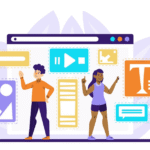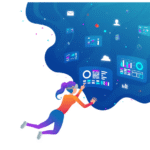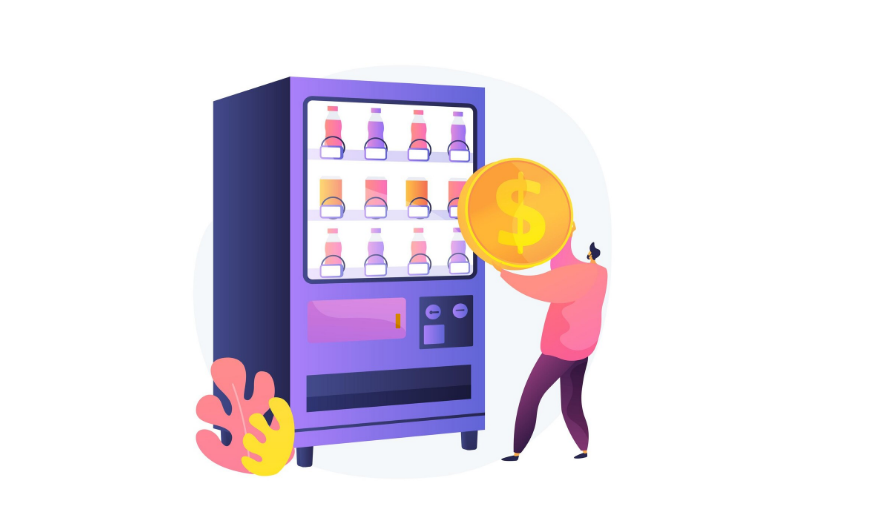B2B buying has entered a new era where decision-makers expect the same convenience and autonomy they experience as consumers. Instead of waiting for lengthy sales calls or generic product demos, today’s business buyers increasingly prefer to research, evaluate, and even purchase solutions through self-service experiences. This shift is not just a passing trend but a fundamental transformation in how enterprises approach the buyer journey.
In this article, we will explore the drivers behind the rise of self-service in B2B, its impact on sales and marketing strategies, and how organizations can adapt their operations to meet evolving buyer expectations.
Why Self-Service is Gaining Momentum in B2B
Several factors have converged to accelerate the adoption of self-service models in B2B commerce:
1. The Consumerization of Business Buying
The digital-first mindset cultivated by platforms like Amazon, Netflix, and Uber has reshaped buyer expectations. Business decision-makers, who are also consumers in their personal lives, now expect similar seamless and personalized digital interactions in their professional purchasing.
2. The Demand for Speed and Efficiency
Modern buyers do not want to wait for scheduled demos or drawn-out procurement cycles. Self-service options—such as instant product trials, knowledge hubs, and automated onboarding—allow them to access the information they need immediately, accelerating decision-making.
3. Remote and Hybrid Work Environments
With hybrid work becoming the norm, buyers often collaborate asynchronously across locations and time zones. Self-service platforms empower teams to evaluate solutions collectively without depending on synchronous meetings with sales reps.
4. Greater Transparency and Control
B2B buyers want control over their journey. Providing pricing calculators, configurators, or demo environments enables them to explore at their own pace while maintaining transparency in costs and features.
The Shifting Role of Sales in Self-Service Journeys
Self-service does not eliminate the need for sales teams. Instead, it redefines their role. Sales professionals are becoming consultants and advisors who step in at the right moment to help buyers overcome complex challenges or finalize high-value deals.
This means sales enablement strategies must adapt to a hybrid approach where digital self-service handles the early to mid stages of the buyer journey, while human engagement plays a crucial role in late-stage decision-making.
Self-Service Features That B2B Buyers Value Most
Organizations aiming to implement self-service should prioritize features that directly address buyer needs. Some of the most impactful include:
- Interactive product demos that let buyers test features before purchase
- Automated chatbots for 24/7 support and quick answers
- Knowledge bases and resource libraries with in-depth tutorials, case studies, and FAQs
- Pricing calculators to create transparency and simplify budgeting
- Free trials or freemium models to let buyers experience value firsthand
The Role of Technology in Powering Self-Service
Modern B2B self-service relies on a combination of technologies to deliver frictionless experiences:
- AI-driven personalization: Recommends relevant content and product features
- APIs and integrations: Ensure seamless data flow across CRM, ERP, and customer portals
- Analytics platforms: Provide insights into buyer behavior and engagement patterns
- Automation tools: Streamline onboarding, support, and renewals
By investing in these tools, businesses can transform static websites into dynamic self-service hubs that respond intelligently to buyer needs.
Benefits of Self-Service in B2B
When implemented effectively, self-service models deliver measurable benefits:
- Improved Buyer Satisfaction
Buyers appreciate autonomy, transparency, and speed, leading to stronger satisfaction and loyalty. - Lower Customer Acquisition Costs (CAC)
With fewer resources tied up in manual sales processes, organizations can reduce costs while still driving conversions. - Scalability in Operations
Self-service platforms allow businesses to handle more leads and transactions without proportional increases in headcount. - Data-Driven Insights
Every self-service interaction creates valuable behavioral data that can inform personalization strategies and product development. - Faster Deal Cycles
By allowing buyers to self-educate and self-evaluate, organizations shorten sales cycles significantly.

Challenges to Overcome
Despite the benefits, transitioning to self-service comes with challenges:
- Complexity of B2B solutions: Some products require expert explanation or configuration beyond self-service capabilities.
- Resistance to change: Traditional sales teams may see self-service as a threat rather than a complement.
- Integration issues: Self-service platforms must connect seamlessly with CRM and backend systems to avoid data silos.
- Maintaining personalization: Striking the right balance between automation and human touch is essential.
Best Practices for Implementing Self-Service in B2B
- Start With Hybrid Models
Introduce self-service gradually by combining digital tools with sales-assisted experiences. - Invest in High-Quality Content
Detailed resources such as whitepapers, webinars, and tutorials empower buyers to make informed decisions independently. - Leverage AI and Predictive Analytics
Use machine learning to anticipate buyer questions and recommend next steps. - Enable Seamless Handoffs to Sales
Ensure that when a buyer transitions from self-service to sales, the context and history are preserved for a smooth experience. - Measure and Optimize Continuously
Track usage patterns, conversion rates, and buyer feedback to refine the self-service experience.
The Future of Self-Service in B2B
Looking ahead, self-service is likely to evolve into even more sophisticated experiences. We can expect greater use of virtual product environments, AI-powered copilots, and predictive personalization that anticipates buyer needs before they are articulated.
Enterprises that embrace this shift early will not only improve efficiency but also strengthen trust and loyalty by empowering buyers with the autonomy they increasingly demand.
Conclusion
The rise of self-service in B2B buyer journeys represents a profound transformation in how organizations engage with prospects and customers. Buyers want speed, control, and transparency, and businesses that fail to deliver risk losing relevance in competitive markets.
By blending technology, content, and consultative sales support, companies can create scalable self-service ecosystems that satisfy buyer expectations and accelerate growth.
The future of B2B selling will not be about replacing people with platforms, but about combining the best of both worlds—autonomous digital experiences supported by human expertise where it matters most.









